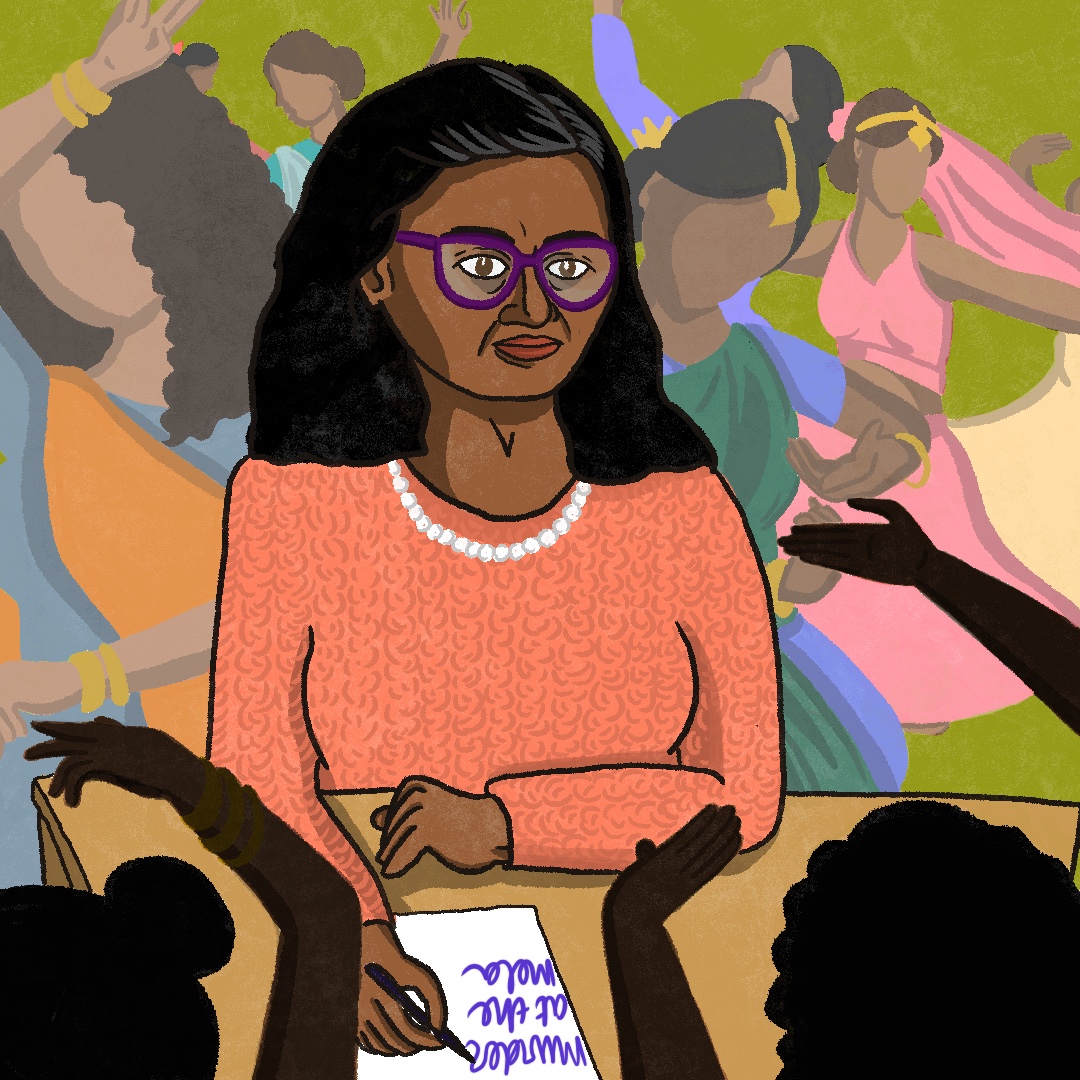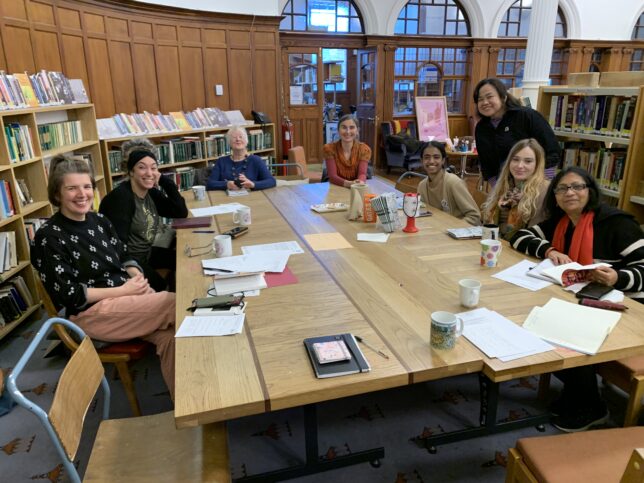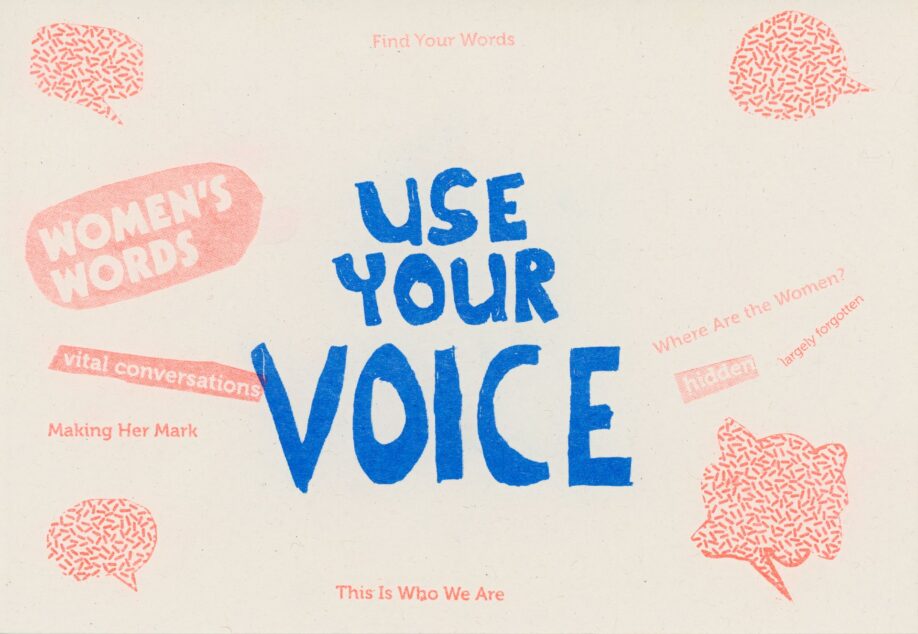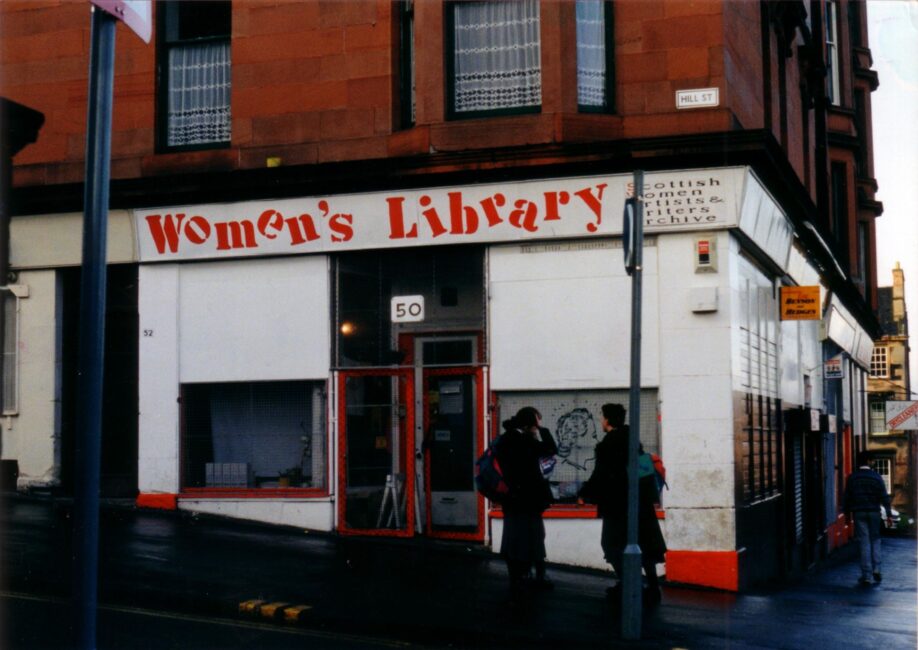‘For Peace!’ is displayed at the Glasgow Women’s Library until Saturday, 5th July. It is wheelchair accessible and free to enter. Check out all GWL events via the online events calendar.
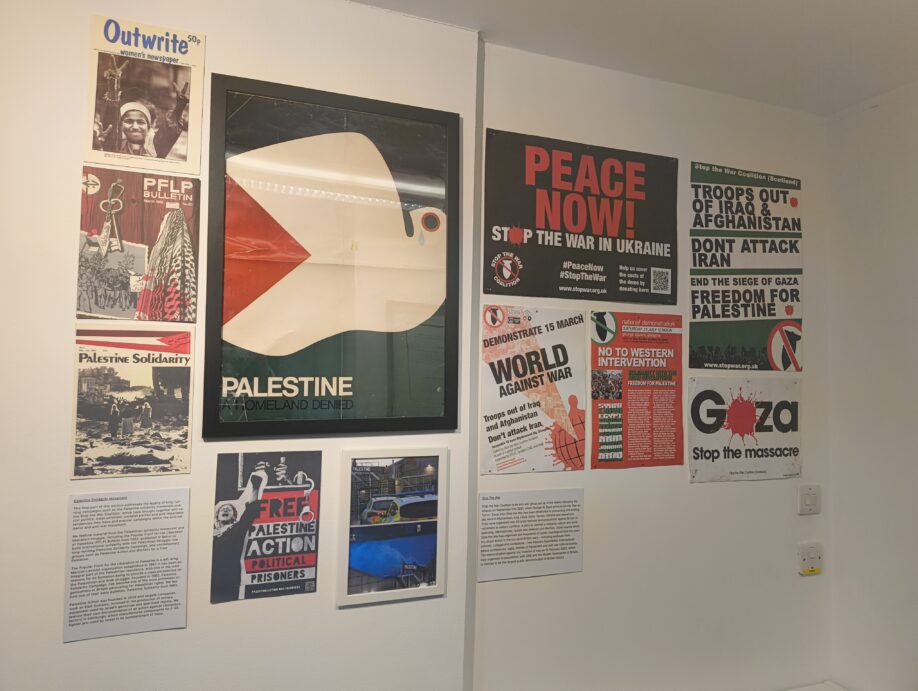
Whilst at the GWL’s ‘World Book Night’ Celebration on the 23rd April, wonderfully arranged by our librarian Wendy, my attention was completely taken by the very eye-catching ‘For Peace!’ exhibition currently on display. Promising myself that I would devote my attention to the exhibition after the World Book Night celebration, I sat there with much anticipation. And, of course, the natural result of me perusing the exhibition was writing this blog!
The exhibition is split between the main exhibition space downstairs and the gallery upstairs. The curators (Rosemary Grennan and Rastko Novaković) clearly paid a lot of attention to how the exhibition would be best served by the GWL space, as they split it into two: one half (the downstairs half) focussing on international communities which advocated for demilitarisation and/or peace initiatives; the other (sitting upstairs) showcases internal groups, which advocated for disarming the British state and removing US bases. This has the effect of making the whole library seem an integral part of the exhibition, as you have to move through most of the library space to access both halves.
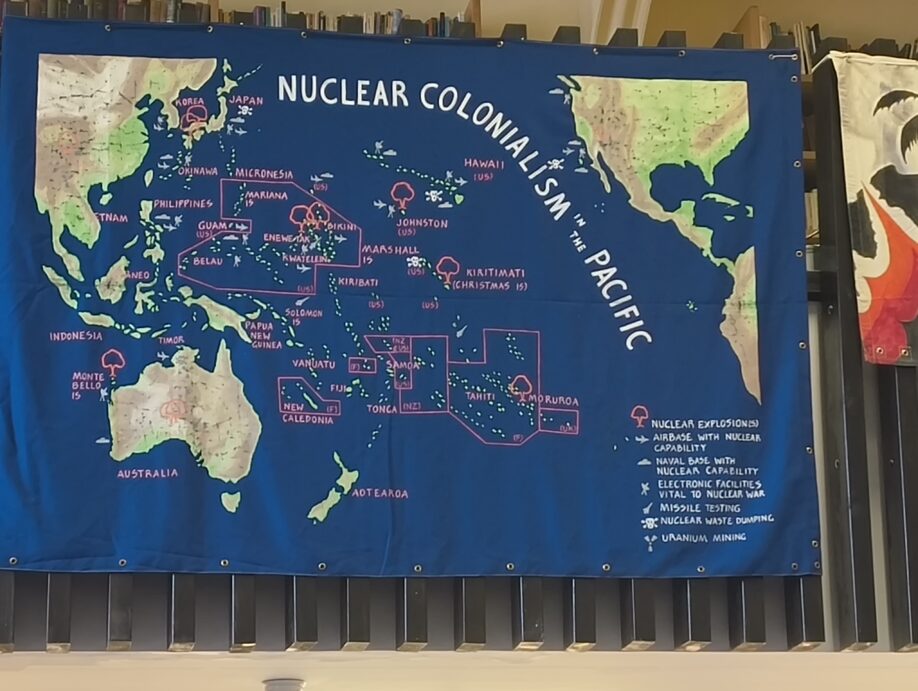
Let’s start with the international/downstairs half. Immediately your attention is grabbed by the very colourful banners hung above the exhibition space. My favourite is ‘Nuclear Colonialism in the Pacific’ map which shows territories in and around the Pacific Ocean, with missile testing sites, nuclear explosion sites, naval bases, and uranium mining sites all clearly marked out in bright colours. It’s a horrifying but captivating piece. In the exhibition space proper, there is a wealth of information about different peace movements across the globe, evidenced in a huge variety of ways. There are newsletters, photos, posters, videos…all eye-catching and all very informative. I was particularly moved, almost to tears, by the large ‘Free Palestine’ section, which was an unfortunate reminder that, despite a huge amount of effort on the part of lots of people, some things haven’t changed much, as the poor people of Palestine know all too well.
One of the fantastic things about the exhibition is how multi-media it was. Downstairs there was a large TV screen playing a video, there were smaller screens with headphones attached showing different pieces, as well as the eclectic collection of sources on display. I’m not a big fan of watching exhibition videos (I always feel incredibly awkward and captive), but I was impressed with the effort that had been made to engage people in different ways. Add that to the already very accessible GWL space – with lovely staff and volunteers always on hand, let’s not forget – and the exhibition feels very inclusive.
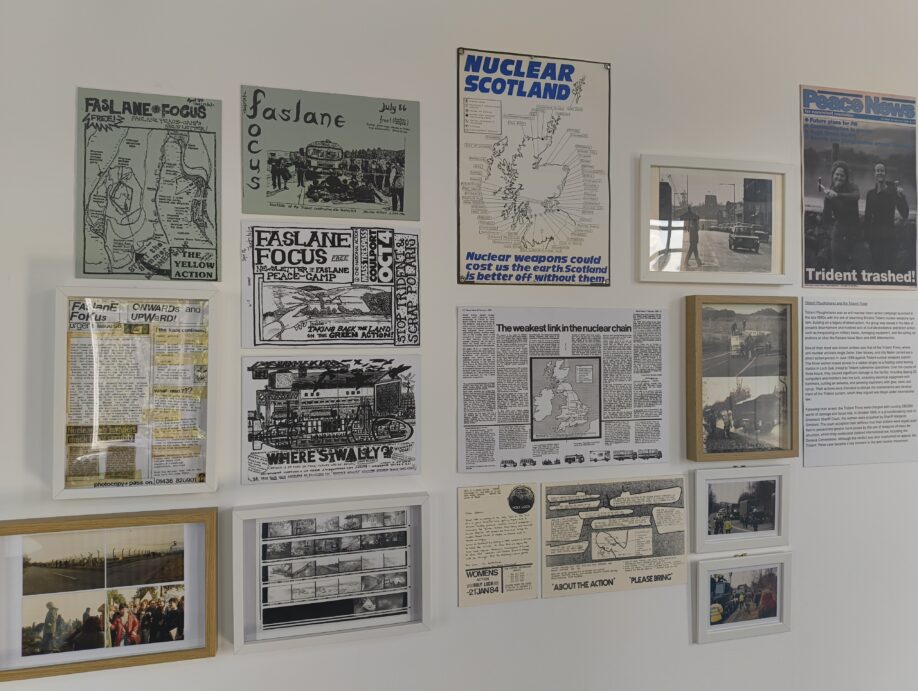
Upstairs, the white gallery definitely feels a bit more stark compared to the more vibrant colours of the downstairs exhibition. However, this serves to highlight the themes that are being discussed. This is a relatively hopeful exhibition, serving to remind us of humankind’s resilience and solidarity in the face of oppression. Ultimately, though, the pervasive nature of human cruelty (leading to many deaths and much destruction) is at the heart of what this exhibition showcases. This cannot be understated or ignored; to do so would undermine the effort of every single activist or group celebrated here. The ‘Looking Inwards’ section also points out that many of the groups discussed are still in operation today, or their goals yet to be achieved, giving a quiet call to action to those viewing the materials. I felt very proud of the men, women, and queer folk who campaigned against nuclear power, advocated for peace in the World Wars, argued for disarmament, and generally fought to make the world a safer, more peaceful place.
The wealth of material showcased – from both the GWL and the MayDay Rooms – speaks to a long history of brave people standing up for what they believe in, across racial, gender, and class boundaries. Although I felt quite sad and moved by a lot of the exhibition, I also felt inspired to enact what change I can, to try and make the world a better, safer place. In fact, the exhibition has prompted me to respond to the recent ruling of the Supreme Court on the Equality Act (paving the way for a torrent of abuse and discrimination against trans, non-binary, gender fluid, and intersex people); as of today, I have written to my MP and also called on the University of Glasgow’s College of Arts and Humanities to release a statement reaffirming their commitment to inclusivity and acceptance of all. I’m not sure I would have had as much courage if I hadn’t seen the ‘For Peace!’ exhibition.
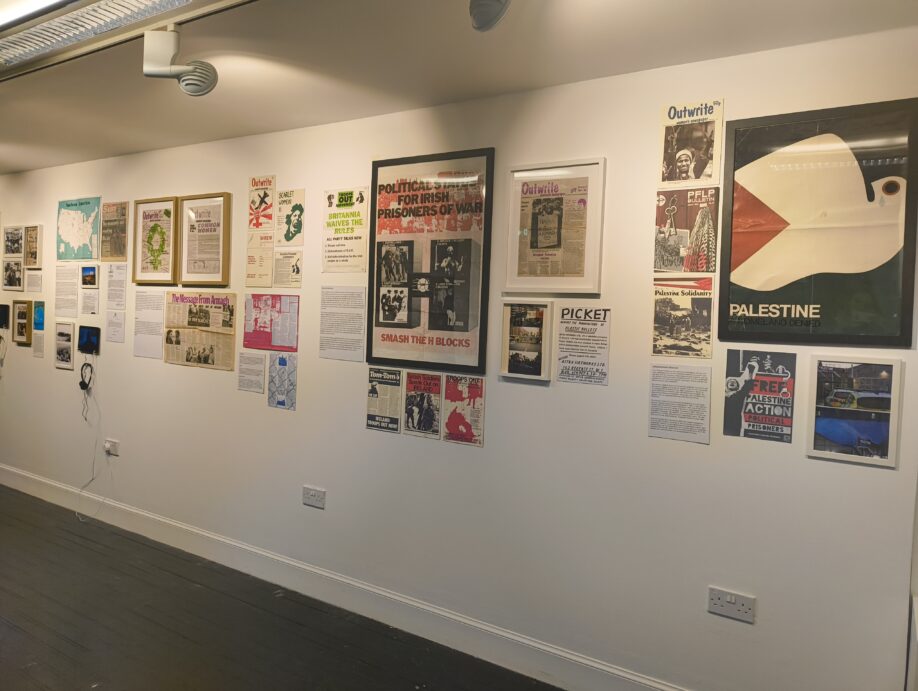
My recommendation would be to go along to the GWL and soak in all of the exhibition, permitting yourself to sit in the space and feel everything fully as it comes to you. Sadness, pride, hope, anger…these all have a place in this exhibition and therefore within the people that come to see it. I encourage you then to turn these feelings into a moment of positivity, whatever that looks like for you. One day, I hope we can truly honour the efforts and work of those showcased in the exhibition by living in a completely peaceful world.


